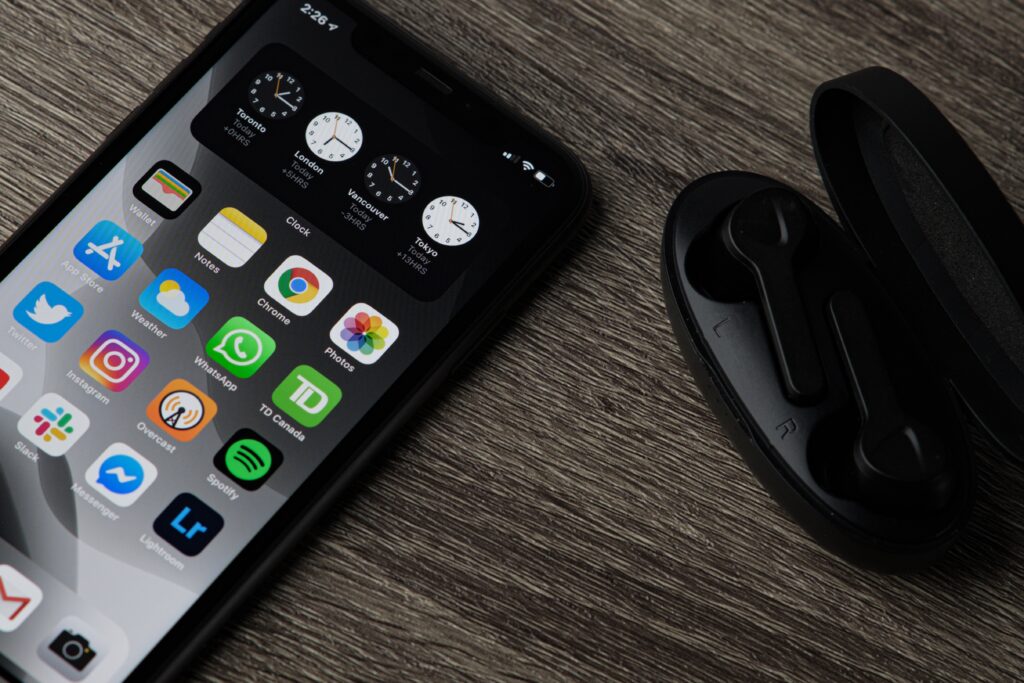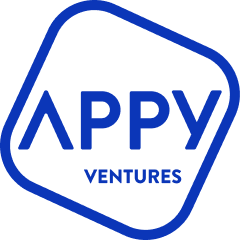Startups are aiming to disrupt traditional businesses by leveraging technology and solving the problems of Users through tech innovation – often walking through a door left open by traditional businesses. A great example is Uber which simply used GPS technology to match supply and demand – a problem and technology that has been there for years.
In this blog post, I will be going through all the different tech innovations that you need to be aware of and giving examples for someone interested in the car mechanic/ servicing niche (always more interesting to have a context!)
The latest tech innovation examples in the app industry include:
1. Chatbots:
Very similar to a live chat but uses artificial intelligence and natural language analysis to understand a User request (“What will the weather be today?” = “Today’s weather will be 21 degrees and sunny in your location”).
Opportunity:
Mechanics write questions in a chat section of an app, and it makes product recommendations.
Example app: Facebook Messenger was ahead of the curve, including their “Hi Poncho” chatbot to ask about the weather. Another one is Lark, that acts as your personal coach.
2. Voice control:
Alexa/ Siri/ Google/ etc., are piling investments to make this work. Much improved voice recognition means this becomes a viable option. A lot of similarities in the data structure to Chat Bots as technology needs to understand your request and match it to the most likely answer.
Opportunity:
Mechanics ask Alexa what oil a specific car needs, and it makes product recommendations. Mechanics could also ask for available booking slots, check stock or order parts. All of this is to minimise their need to stop what they are doing to access a computer.
3. Optical Character Recognition (OCR):
Optical Character Recognition (OCR) is using the camera on the phone to match symbols/ letters/ numbers/ images to a database. This is how number plate recognition is powered. This technology is established and works well.
Opportunity:
OCR app for mechanics that scans a client’s number plate, matches it to the DVLA database, and finds exactly the right oil (or any other information available) in <1 second. This could also be used to scan a client’s driving licence and save to a CRM their name/ address to save typing this out.
The final interesting use is to take payment rapidly by scanning the card (Paypal/ Braintree offer an integrated solution) instead of typing numbers.
An example of such an app that captures data from driving licences is Anyline. Uber as well, uses similar technology to save time inputting card details.
4. Augmented Reality (AR):
This is all about augmenting what you see around you by overlaying information on the screen.
Opportunity:
A driving app that uses the camera to show you the actual road ahead and overlays direction on the image, including turns, speed restrictions and time to destination.
It can also overlay information on top of a dashboard to give specific instructions to clients – for example, what do the warning lights on a dashboard mean? Point your phone, and it will recognise the warning light (via OCR) and pop up information/ video on what it is (AR).
An example app is Pokemon Go which became a worldwide phenomenon!
5. Virtual Reality (VR):
This is creating an entirely virtual world like immersive games. Training simulators for flying have been using this technology for many years.
The most well-known company in that space is Oculus Rift, a company bought by Facebook that makes headsets to play/ interact in VR. They strongly believe that this is the future of gaming and many other industries, such as medical operations or training staff on specialist equipment.
Opportunity:
Creating a Mechanics training centre in VR through Oculus Rift.
Examples of such apps are truly immersive worlds for people to discover.
6. Machine Learning:
This is something of a buzzword and effectively means that based on a User’s behaviour, your computer/ phone/ device learns your preferences and refines future suggestions based on that.
This effectively means adding a tag to a User based on their choices and applying this tag as an additional layer of filtering when the next request comes in.
For example: if you request a coffee, the machine will ask you questions like milk or sugar. Next time, with machine learning, the machine will know and perhaps simply cross-check with you that you want the usual coffee with milk and sugar.
Opportunity:
Creating a booking app for mechanics that enables them to scan a number plate and driver’s licence (OCR) and then ask the system availability (voice control + artificial intelligence) and then, based on the available options, book it automatically.
The Machine Learning component would stem from the fact that the system will have learnt your specific opening hours and pulled data from various to refine current availability.
An example is an app that learns how users type and the words they use, to come up with predictions.
7. Beacons:
Beacons are low-energy Bluetooth emitting devices which are used for indoor mapping.
The idea is to have a point marked by a beacon and measure the distance from the beacon to your phone. If you have 3 beacons, you can triangulate a location. Accuracy varies on many factors (line of sight, people in the way, etc.).
This technology is getting more established with use cases in airports or shopping malls to track people’s movement and direct them. More advanced tech in that space is Ultra Wide-Band (UWB) which is an enhanced version for more accurate tracking.
Opportunity:
This technology could be used indoors or outdoors to track where a car has been parked and give directions to that car.
In a garage, this could be used to trigger information on a screen – for example, if a mechanic wants to know the available time for an appointment, he could simply tap a beacon, and this would trigger content on the screen showing free times (the beacon would be trained for a specific response).
This could also be used to do asset tracking.
An example of such an app is Tile which enables you to track a tile that can be attached to various things like bags to help you find them easily – effectively asset tracking.
8. 360 Degree:
Using a 360-degree camera, Users can create an image all around them. This used to be a very expensive technology but now costs c. £200. Users are then able to view the image on their phone or tablet and pan around the image to look left, right, up-down or behind them!
Opportunity:
Showing the inside of a car for sale so potential buyers can feel nothing has been hidden.
An example app is Shell Pay & Go app which has a race track 360 video section.
9. Watch:
Last but not least on this list of tech innovation examples in the app industry, are smartwatches.
These smart watches sync up with the phone to show you on a small screen essential information. The phone apps have been optimised for that screen space and, for some, have become a must-have.
Future tech means soon, people will not have to take their phones with them and will rely only on their watches for messages, calls and apps, but not everyone is embracing this.
Opportunity:
A watch app to tie into a wider solution for mechanics could show booking times, incoming calls, etc. This minimises the need to take phones out of pocket in a garage environment.
Additional tech innovation examples in the app industry:
This list just scratched the surface of the available technology for apps. I hope it was an exciting read for you and will help you explore the grand ideas within the car mechanic/ servicing niche industry.
For more tech innovation examples in the app industry, check our portfolio of client applications, and feel free to reach out if you have any additional questions.
You can find us here or reach out directly to me via Linkedin.

